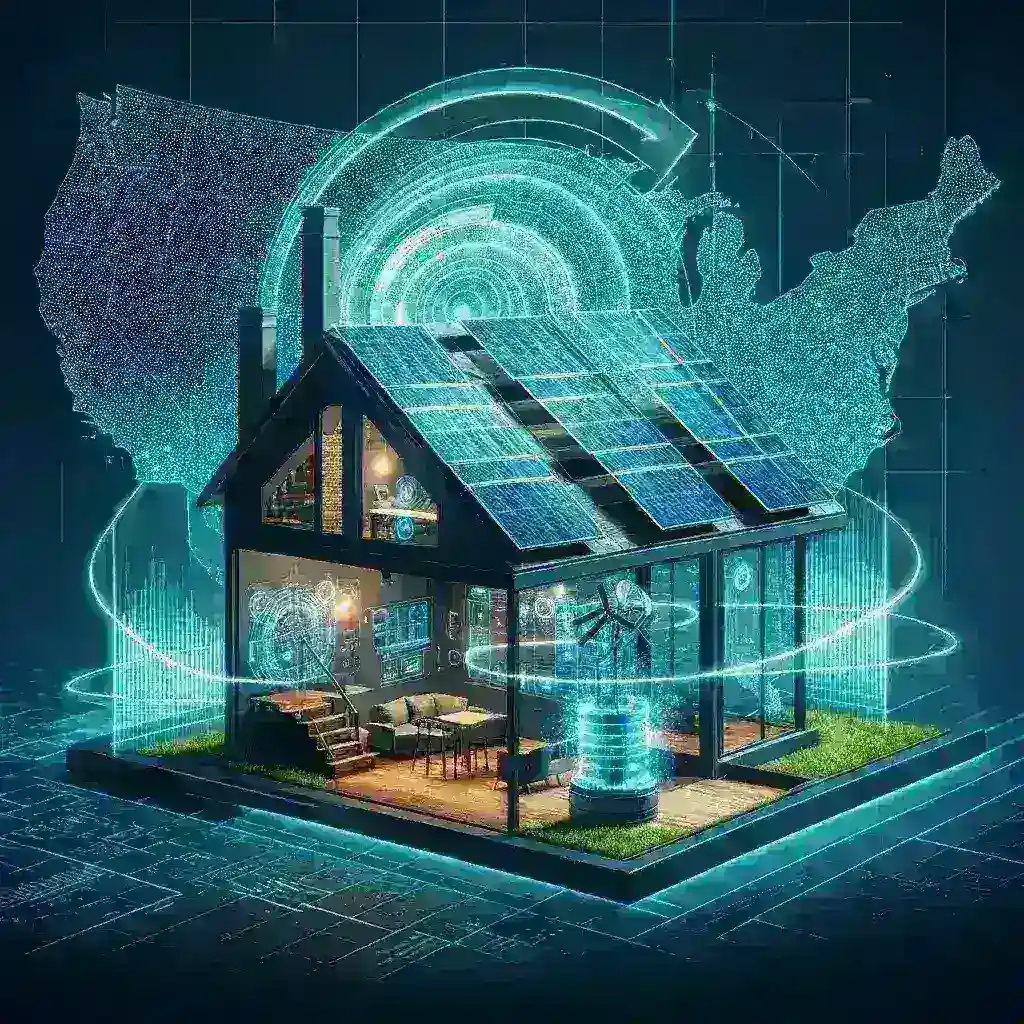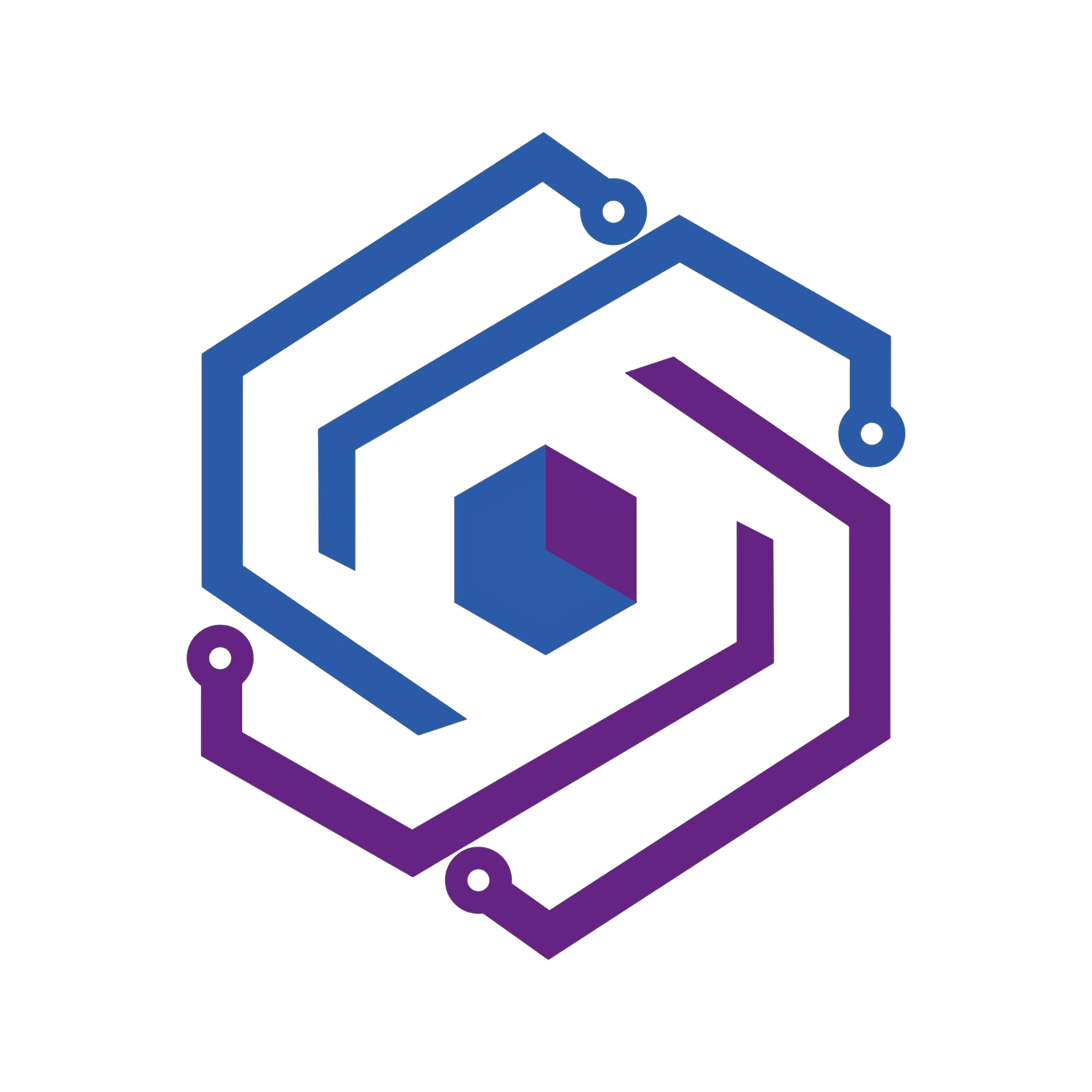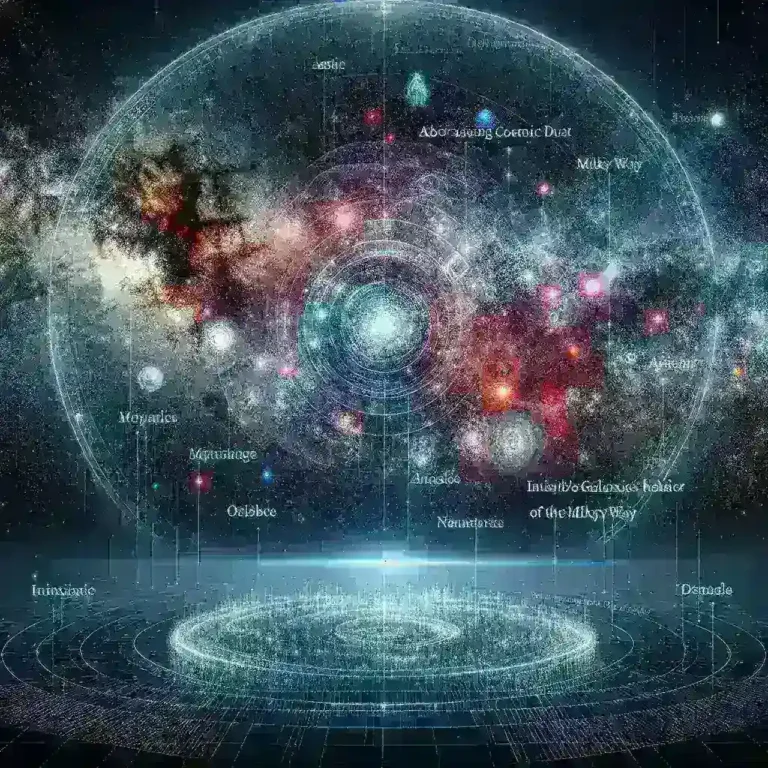
Tesla Piloting AI Powered Grid Frequency Stabilization in U.S. Homes
Introduction
As the world increasingly embraces renewable energy sources, ensuring grid stability has become a pressing challenge. Tesla, renowned for its innovative technology and commitment to sustainability, is stepping up to the plate by piloting an AI-powered grid frequency stabilization program for homes across the United States. This initiative aims to enhance the reliability of the electric grid while promoting the use of clean energy. In this article, we will delve into the workings of this groundbreaking project, its historical context, potential future impacts, and the pros and cons associated with it.
The Importance of Grid Frequency Stability
The electric grid operates on a delicate balance of supply and demand. Grid frequency, typically maintained at around 60 Hertz in the U.S., is crucial for the smooth operation of electrical systems. Any fluctuations can lead to power outages, equipment damage, and increased operational costs. Therefore, stabilizing grid frequency is imperative, especially as more renewable energy sources like solar and wind come online, which can be intermittent in nature.
Historical Context
Traditionally, grid operators have relied on fossil-fuel-based generation methods to maintain frequency stability. However, with the global shift towards cleaner energy, there has been a growing need for innovative solutions that can provide the same level of reliability without the environmental impact. Tesla has been at the forefront of this transformation by developing technologies that can harness energy storage systems, such as their Powerwall and Powerpack batteries, in conjunction with AI.
Tesla’s Approach to AI-Powered Stabilization
Tesla’s pilot program leverages advanced artificial intelligence algorithms to predict energy usage patterns and automatically adjust energy distribution within homes. This technology allows Tesla to create a virtual power plant, drawing on the collective energy stored in Powerwalls across multiple households to stabilize the grid.
How It Works
- Data Collection: Tesla collects data from its network of Powerwalls, analyzing historical energy usage and weather patterns to forecast demand.
- Real-Time Monitoring: The AI monitors real-time energy consumption and grid frequency, ensuring that any deviations are promptly addressed.
- Automated Response: If the grid frequency drops, the AI can instruct Powerwalls to discharge energy back into the grid, helping to restore balance.
Future Predictions for AI in Energy Management
As Tesla continues to develop its AI capabilities, the potential applications for energy management are vast. Experts predict that AI could play a critical role in:
- Enhancing Demand Response: By better predicting household energy needs, AI could enable more effective demand response strategies, allowing utilities to manage peak loads more efficiently.
- Integrating More Renewables: AI can facilitate the integration of even greater amounts of renewable energy into the grid, allowing for a smoother transition to a sustainable energy future.
- Improving Energy Storage Solutions: With advancements in AI, energy storage systems could become smarter, optimizing charge and discharge cycles based on real-time grid conditions.
Pros and Cons of Tesla’s AI-Powered Solution
Pros
- Environmental Impact: By stabilizing the grid with renewable energy, Tesla’s initiative reduces reliance on fossil fuels, promoting a cleaner environment.
- Increased Reliability: Enhanced grid stability minimizes the risk of power outages, ensuring a more reliable energy supply for households.
- Cost Savings: By optimizing energy usage, homeowners may see reduced energy bills through smart energy management.
Cons
- Initial Costs: The upfront investment in Tesla’s technology, including Powerwalls, may be a barrier for some homeowners.
- Dependence on Technology: Increased reliance on AI and technology could lead to vulnerabilities, particularly in the event of system malfunctions.
- Data Privacy Concerns: The collection and analysis of energy usage data may raise privacy issues for individuals.
Real-World Examples
Several pilot programs have already begun showcasing the potential of Tesla’s AI-powered grid frequency stabilization. In California, Tesla has partnered with local utilities to test the effectiveness of its system in real-world scenarios. These collaborations have demonstrated significant improvements in grid stability, with instances of reduced peak demand and enhanced energy efficiency.
Cultural Relevance and Public Perception
The public’s awareness of renewable energy and sustainability has grown significantly in recent years. As Tesla continues to innovate in this space, its initiatives resonate with a culture that increasingly values green technology and environmental responsibility. Additionally, as climate change concerns mount, solutions like Tesla’s AI-powered grid stabilization are becoming more than just technological advancements—they are essential steps toward a sustainable future.
Conclusion
Tesla’s pilot program for AI-powered grid frequency stabilization represents a significant leap forward in the quest for sustainable energy solutions. By harnessing the power of artificial intelligence, Tesla is not only enhancing the reliability of the electric grid but also paving the way for a cleaner, more resilient energy future. As we look forward to the continued evolution of this technology, there’s no doubt that it will play a pivotal role in transforming how we consume and manage energy in our homes.



Leave a Comment